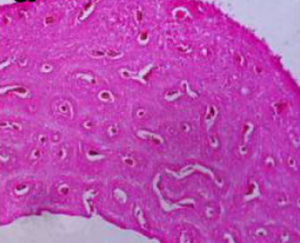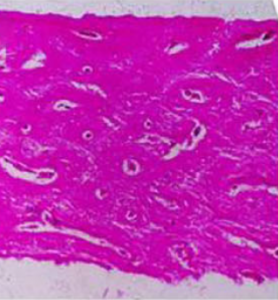> Planet
Toxic for the bone
Some environmental toxicants can affect skeletal development. Heavy metals and especially cadmium (Cd) have been identified as a risk factor for osteoporosis. Low cadmium exposure in occupationally exposed people has been associated to decrease in bone mineralisation. Lumbar spine demineralisation increases the incidence of vertebral deformities and fractures.
As half-life of toxic metals can be as long as 30 years, the skeleton can be a reservoir for contaminants. Bone tissues can be used in the assessment of the long-term effects of environmental exposure to heavy metals on the human body. Ecotoxicological studies on the bones of domesticated and wild long living mammals can indicate the extent of environmental pollution. Chronic excess intakes of toxic metals will induce accumulation in organs and tissues. Veterinary literature showed examples of lead-induced arthritis. Ducks fed Cd-contaminated diet showed less and thinner trabecular bones in the metatarsal.
Cadmium also interferes with minerals acting in bone mineralization, such as calcium, zinc, iron, manganese and copper. Cd competes with intestinal absorption of calcium and modifies metabolism of essential trace elements, increasing the risk of osteopenia (low bone density) and osteoporosis (bone loss).


